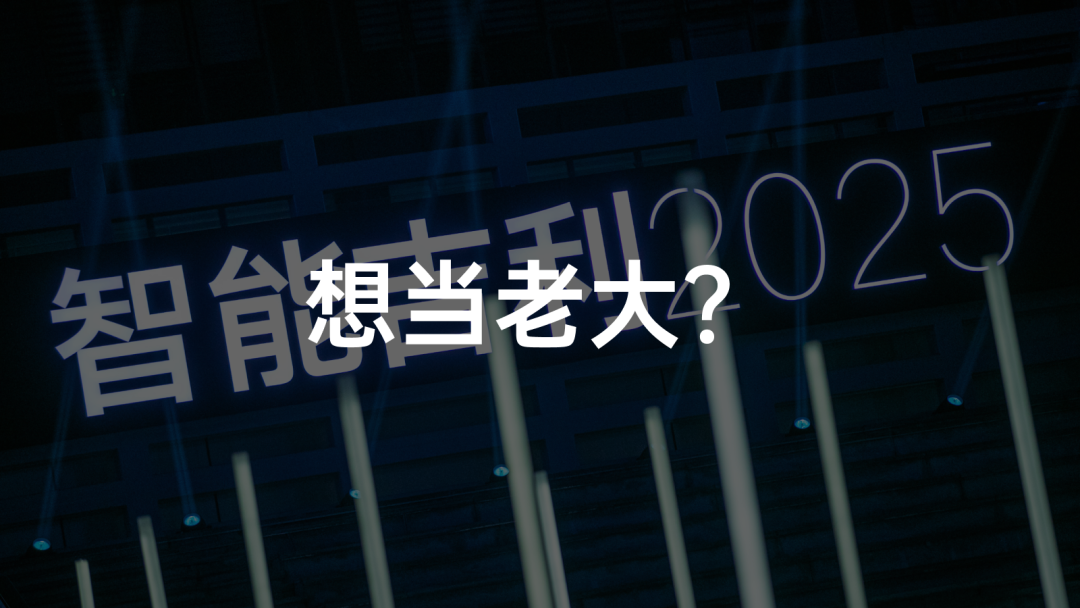On October 31, Geely held a release event at the Hangzhou Bay Research Institute with the theme of “Intelligent Geely 2025 – Geely Longwan Technology Expo and Global Power Technology Brand Release.”
Before my visit, speculation about Geely’s hybrid system had been fermenting online. However, to my surprise, Geely not only directly announced the power technology brand “Thunder Power” that includes the hybrid system, but also made detailed plans for Geely’s development path before 2025 through the “One Net Three System” and “Nine Longwan Actions.”
Thunder Power

Before the event, I thought Geely would only announce a series of hybrid products and name them. However, in the first half of the event, Geely directly elevated its power system to a “power technology brand,” which includes the proprietary engine, transmission, motor, and even the platform of hybrid systems. The product line not only includes various modes of hybrid systems, but also includes methanol and even hydrogen energy.

Geely said that Thunder Power’s product matrix includes high-efficiency engines, Thunder Smart Engine Hi·X, E-drive, and high-efficiency transmission, which respectively correspond to fuel engines, hybrid engines and transmission mechanisms, drive motors, and fuel transmissions.
The “high-efficiency engine” here refers to the fuel engine, which includes two engines with the code names BHE20 and BHE15. BHE20 is a four-cylinder product, similar to Volvo’s Drive-E series 2.0T engine. Geely’s current products have experienced BHE20, but there was no introduction or announcement of the upgraded parameters during this release event. BHE15 is a three-cylinder 1.5T engine, and no related details were mentioned during this release event. It is speculated that the difference between the current engine and the upgraded one will not be significant.
Similarly, in the transmission mechanism of the fuel vehicle, Geely exhibited two dual-clutch transmissions, DCT EVO380 and DCT EVO300, which can withstand torque outputs of 380 N·m and 300 N·m, respectively. They will be applied to more than 20 models of Geely brands and Lynk & Co brands, but specific parameters have not been mentioned.
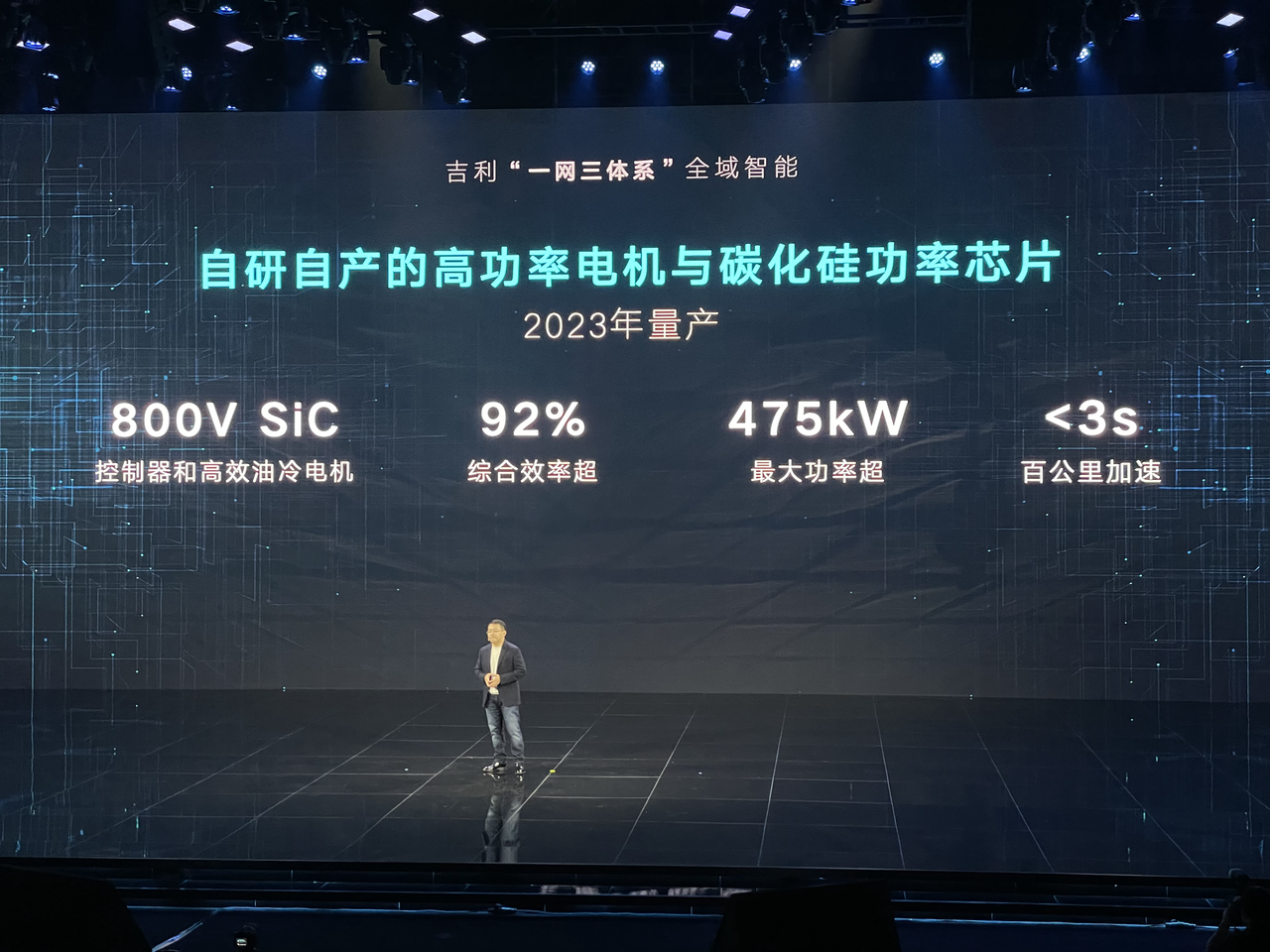 In terms of driving motors, Geely’s product is called “E-drive” and is built on a 400V and 800V pure electric architecture with modular design concept. Among them, the 800V electric drive uses a controller based on silicon carbide power device and a high-efficiency oil-cooled motor, with a comprehensive efficiency of more than 92% and a maximum power of over 475 kW. Implemented in products, the fastest can achieve less than 3 seconds for a hundred kilometers acceleration and will be mass-produced in 2023.
In terms of driving motors, Geely’s product is called “E-drive” and is built on a 400V and 800V pure electric architecture with modular design concept. Among them, the 800V electric drive uses a controller based on silicon carbide power device and a high-efficiency oil-cooled motor, with a comprehensive efficiency of more than 92% and a maximum power of over 475 kW. Implemented in products, the fastest can achieve less than 3 seconds for a hundred kilometers acceleration and will be mass-produced in 2023.
The focus of this event is, of course, hybridization. In the Thunder God Zhiling Hi·X modular hybrid platform, Geely is prepared with two hybrid-specific engines of 1.5 TD and 2.0 TD, as well as DHT (1 gear gearbox)/DHT Pro (3 gear gearbox) hybrid-specific transmission. In different cross-combinations, it can cover A0-C level models and is compatible with various hybrid technologies such as HEV, PHEV, and REEV.
Hybrid Engine
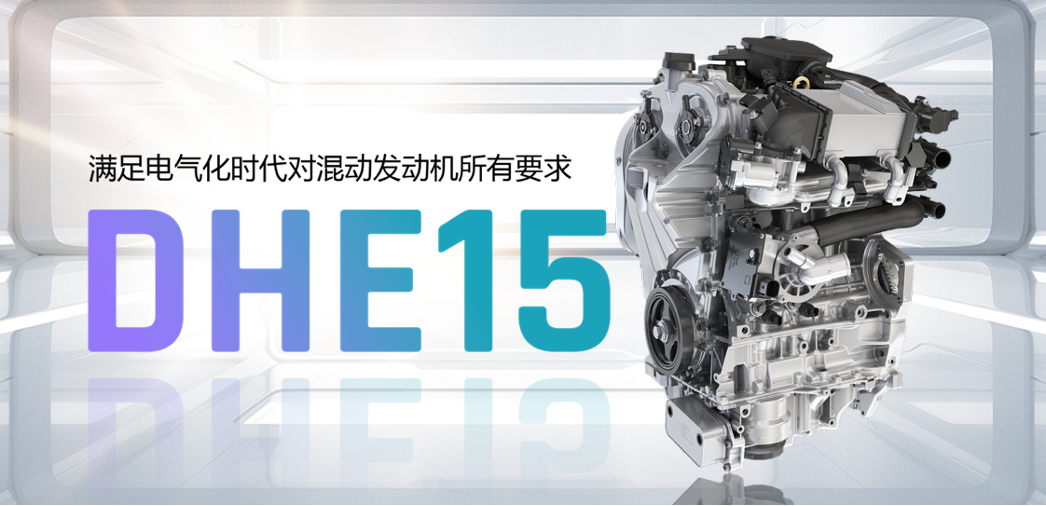
At the press conference, Geely introduced a 1.5 L engine with a code name of DHE15, which can provide a maximum output of 225 N·m and 110 kW, and this engine will first be applied to Geely’s hybrid products.

This engine uses high-pressure direct injection, turbocharging and intercooling, Miller cycle, and low-pressure EGR technology, combined with Geely’s developed “Aeolus · Yufeng” system (which controls the airflow specifically for hybridization), making the overall thermal efficiency of this engine reach 43.32%.
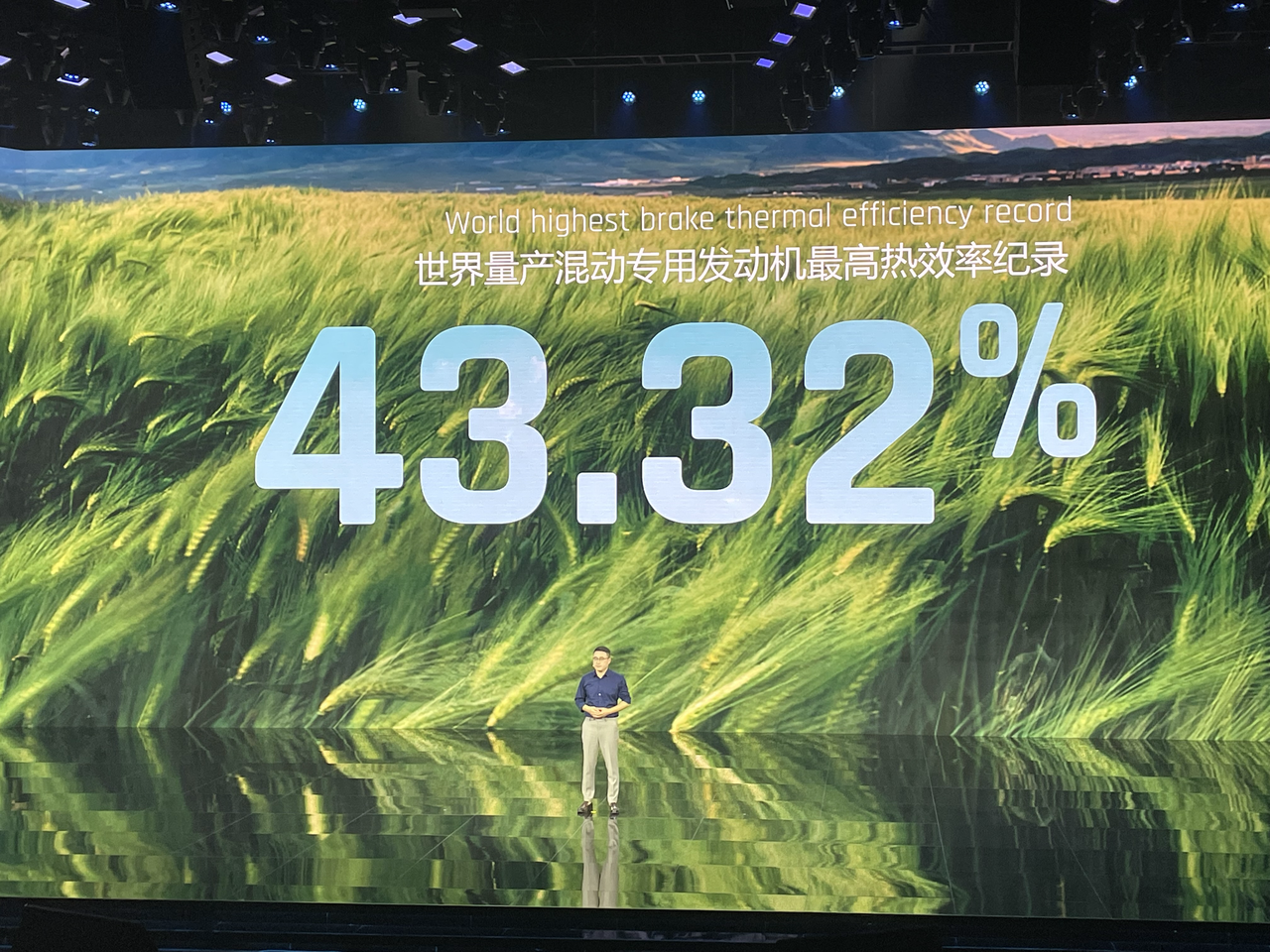
Geely claims to have created the “world’s highest thermal efficiency record for mass-produced hybrid-specific engines”. This 43.32% precisely defeated the 43% of the 1.5L naturally aspirated engine in the BYD DM-i hybrid system that sold well this year.
Compared with Japanese veteran hybrid companies, such as the Honda Earth Dreams 2.0L hybrid engine with 40.6% and the Toyota Dynamic Force 2.5L hybrid engine with 41%, Geely does indeed have an advantage. However, there are also domestic competitors in the hybrid field, such as Chery’s 2.0T hybrid engine with 41% and Great Wall’s 1.5T hybrid engine with 41% (Great Wall will launch a hybrid engine with a thermal efficiency of 45% in 2023), and so on.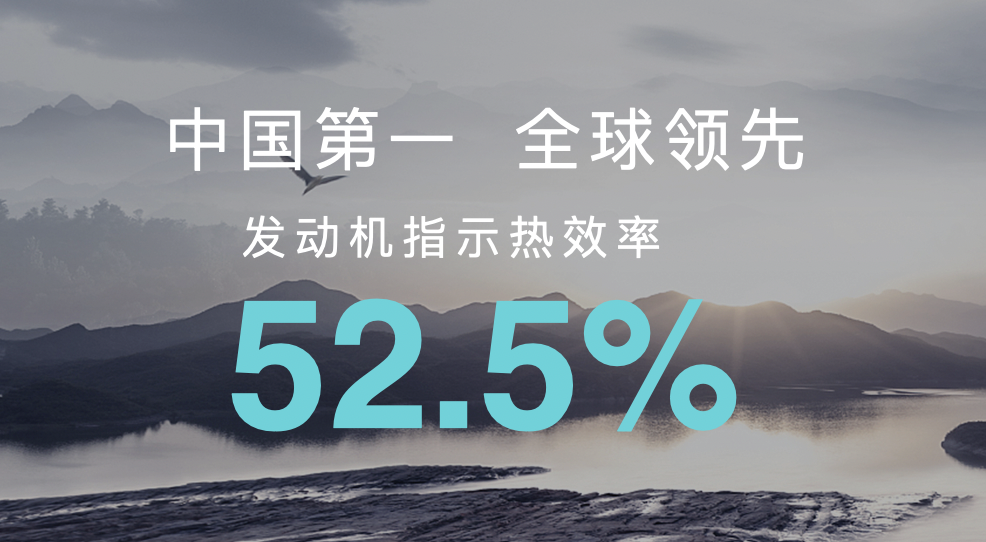
Of course, this time, Geely directly presented the laboratory data, that is, the “engine indicated thermal efficiency”, and vowed to take the first place.
Hybrid Transmission
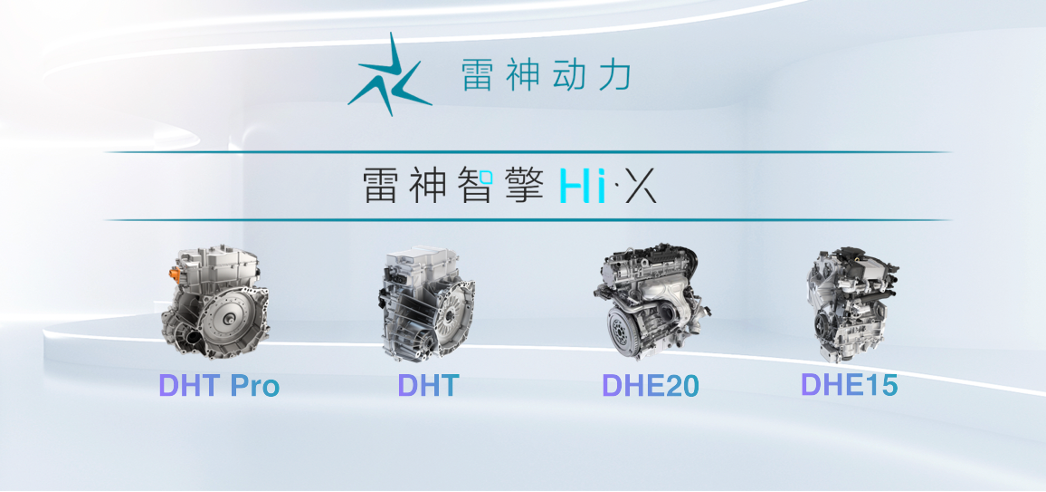
Actually, I am not very concerned about the engine parameters just now, because what really determines the experience is the hybrid system’s gearbox. Geely directly arranged three gears and two motors on the DHT Pro, and the entire system can achieve up to 20 driving modes when working!
When I heard about the three gears and dual motors, plus a bunch of electronic components, I was worried about the volume and weight of this highly integrated gearbox. However, Geely’s engineers managed to control the weight of DHT Pro to around 120 kg, which can withstand a torque output of 4,920 N·m. At the same time, the axial length of the entire transmission is 354 mm, which is the smallest axial length of any hybrid transmission in the world.
Geely made the effort to put so many components together because they wanted to have both efficiency and performance.
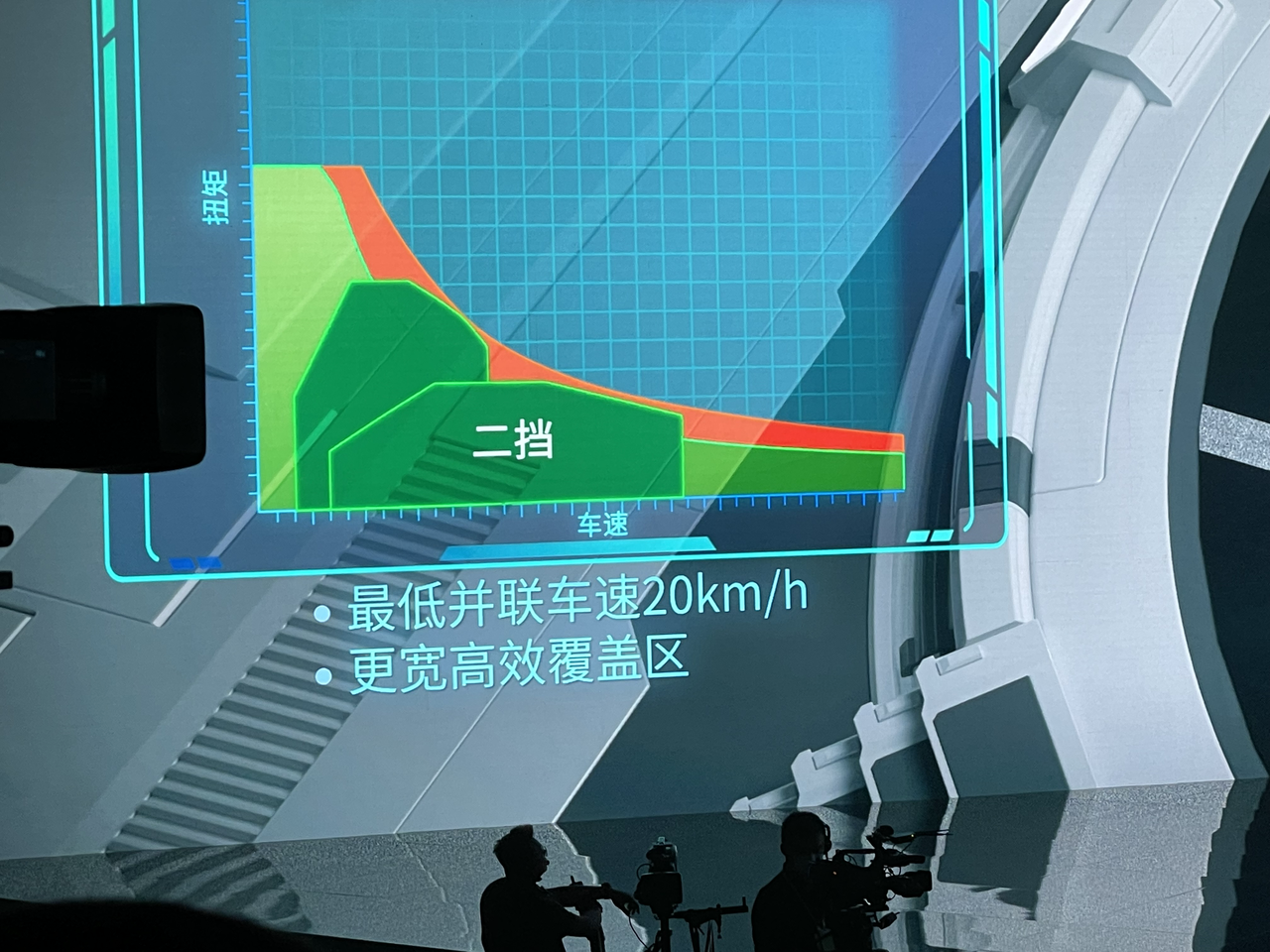
The design of the three gears can cover more high-efficiency driving areas in the power map, and the entire system’s NEDC fuel consumption can be as low as 3.6 L/100 km.
The three-gear design can intervene in the driving work via parallel connection at a speed as low as 20 km/h. During startup, the 3rd gear of DHT Pro matches the first high-speed ratio through clutch slippage, which can achieve a bouncing start. During acceleration, the dual motors and quick downshifting can provide better power output. The P1 motor is located at the position of the engine flywheel, which can help the engine start smoothly. Although Geely did not disclose specific parameters this time, the power of the startup motor is greater than that of traditional ones, allowing the flywheel to be directly pushed to a suitable speed range, enabling the engine to operate more smoothly while driving.
The P2 motor has driving properties and is located between the transmission and the engine, near the transmission side. It can disconnect the connection between the two and drive the front two wheels separately. During braking, it can also recover energy by reverse rotation. Most importantly, it can form parallel drive with the three gears, providing the strongest power output.And now that the power and efficiency issues have been solved, I have to worry about the final NVH performance. Switching between electric and mechanical driving inevitably leads to differences in vibration, noise, and other experiential factors, which is the most annoying problem.
Geely has 148 optimizations for NVH, officially stating that the in-cabin sound pressure of the car equipped with the Refined Drive Hi·X can be as low as 58 decibels under a 30 km/h driving condition. But the specific NVH performance still needs to be experienced first-hand with the product.
Regarding the technology roadmap for hybrid vehicles, almost all domestic manufacturers have a layout. The BYD DM-i, which is currently popular, has a Honda i-MMD-like solution with only one direct drive position, relying on pure electric driving for the most part, with the engine direct drive condition only accounting for 6\% during high-speed cruising. The Great Wall’s Lemon DHT may have upgraded to two gears, but the principle is still similar to that of the Honda i-MMD, only categorizing the direct connection situations through high and low-speed cruising designs.
Regardless of the technology roadmap, the biggest logic setting and difference lies in the hybrid gearbox. Actual experience is the standard for judging its superiority or inferiority. But Geely is ambitious, planning to launch more than 20 models equipped with the Refined Drive hybrid system in the next three years to seek to gain the first place in the hybrid mainstream sub-segment market. In short, I want to use this hybrid system to open up the market and become the leader.
To become the leader, it takes more than just a hybrid system. Geely needs to take out the real deal.
One Network and Three Systems
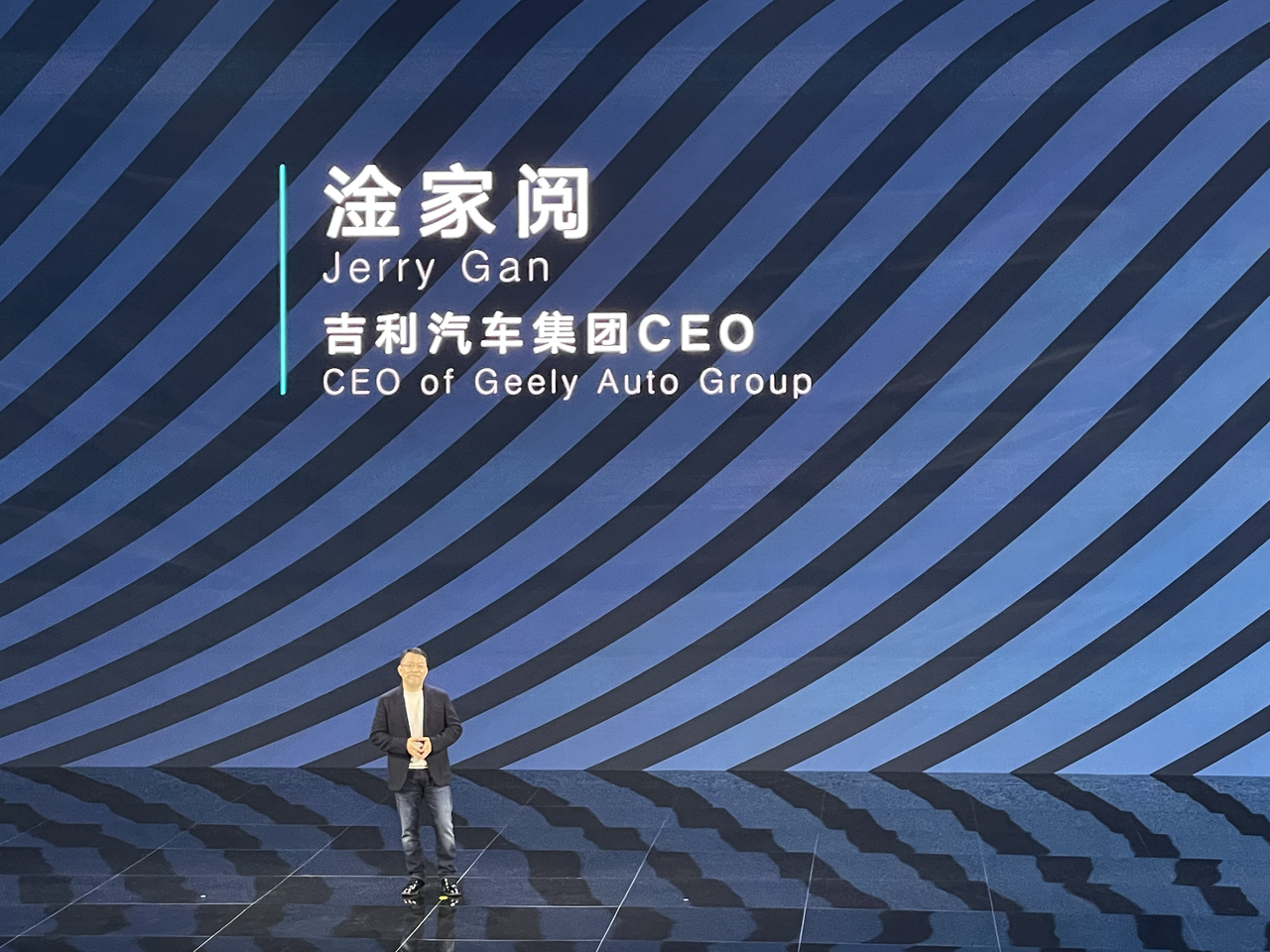
After a preliminary introduction to the Refined Drive, Geely Auto Group CEO Gan Jiayue took the stage and opened the second half of the press conference. Investors and media colleagues on the scene followed various unfamiliar new terms and a lot of figures, entering the exciting part.
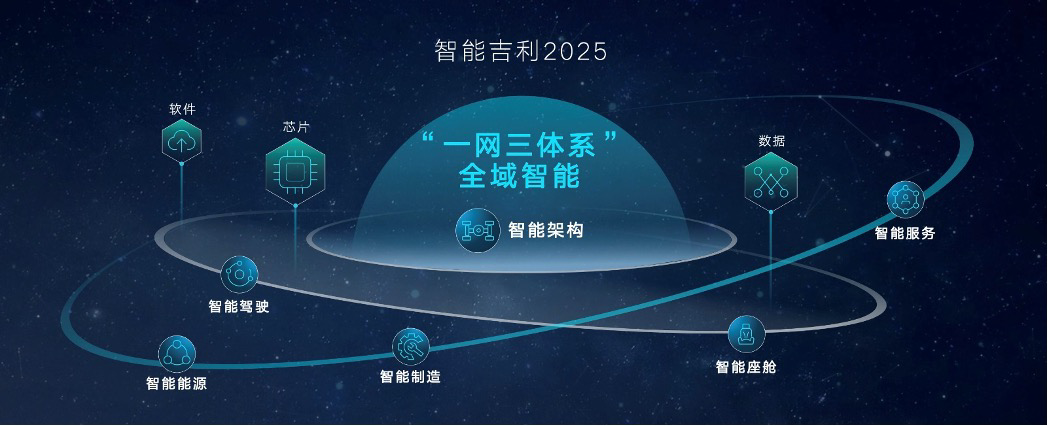
The most core strategic deployment among them is the “One Network and Three Systems”, which can be understood as Geely upgrading global resources collaboratively. “One Network” refers to the “Intelligent Geely Technology Ecology Network”, and “Three Systems” refers to the energy system, manufacturing system, and service system. Let’s take a closer look at these details that made everyone exclaim.
Intelligent Geely Technology Ecology Network
The “Intelligent Geely Technology Ecology Network” is primarily based on independent end-to-end systems and ecological alliances built around chips, software operating systems, data, and satellite networks, with the aim of continuously evolving user experience in intelligent driving and the smart cabin.
GEEAIn terms of EEA (Electrical/Electronic Architecture), Geely named its EEA system GEEA. The GEEA 2.0 version has been installed in the Star Yue L, which supports OTA for the entire vehicle, and Geely plans to expand the GEEA 2.0 to its new models of vehicles, including Geely, Lynk & Co, and Geometry.
Geely plans to move towards a more centralized domain control direction. In 2025, the GEEA 3.0 central computing platform architecture will be launched, directly transforming from “domain control” to “central super brain”.
SE1000
Geely’s subsidiary company, Ciqing Technology, has independently developed a vehicle-level 7nm intelligent cockpit chip called SE1000. Recently, this chip named “Dragon Eagle No. 1” has been successfully taped out, and after completing the vehicle-level certification, it will be put into mass production next year, making it the first vehicle-level SoC chip with a 7nm process in China.
Geely also plans to release a 5nm integrated supercomputing platform chip for vehicles and a high-compute automatic driving chip in 2024 or 2025. The computing power of this chip can reach up to 256 TOPS, and it can achieve “scalable computing power” on the basis of implementing L3 level intelligent driving, meeting the computing power requirements of higher-level automatic driving.
While various new forces are chasing NVIDIA’s self-driving chips and Qualcomm’s intelligent cockpit chips, Geely plans to mass-produce its own 7nm cockpit chips next year, which really surprised me.
Ciqing Technology was jointly established by Geely Holding Group’s subsidiary Yika Technology, well-known semiconductor IP company Arm China, and many investment institutions in 2018. With Arm’s help in chip design and manufacturing, there should be no problem with tape-out and small-scale production.
But we still need to see that in the automotive chip market, competitors are almost all world-class chip giants. Currently, the most popular cockpit chip on the market is Qualcomm’s Snapdragon SA8155, which is based on TSMC’s 7nm process and has been applied to many cars. Next year, Qualcomm will mass-produce the fourth-generation cockpit platform based on 5nm process. Nvidia’s current self-driving chip Xavier has a computing power of 30 TOPS on a 16nm process, while next year’s mass-produced Orin has a computing power of 254 TOPS on a 7nm process, and also merges cockpit chip functions, which can be used in cockpits, instruments, and car entertainment. In the next generation Atlan chip in 2024, computing power directly jumps to 1,000 TOPS.
Software and Data
After hardware integration, the competition will move to the software side. The competition for software among various car companies has gradually become the main theme of enterprise development. On the software side, Geely hopes to achieve an “end-to-end” integrated whole-vehicle software user experience. We can also see that Geely has laid out independently in EEA, whole-vehicle basic software, intelligent cockpit software, and self-driving software through I-KaTong and Zenseact. On this basis, Geely will open more than 1,000 API interfaces to provide development tools and platforms to more global developers and enrich user experience.
Another advantage of Geely as a main manufacturer has also shown up, that is, the scale of sales that has brought rich data accumulation. Geely currently has 3 million vehicles online, more than 50 million hours of cockpit technology data, and 12 billion kilometers of vehicle driving technology data. Under the nourishment of massive data, by 2025, Geely expects to achieve at least 1-2 whole-vehicle OTA upgrades every quarter.
Yes, Geely is going to space
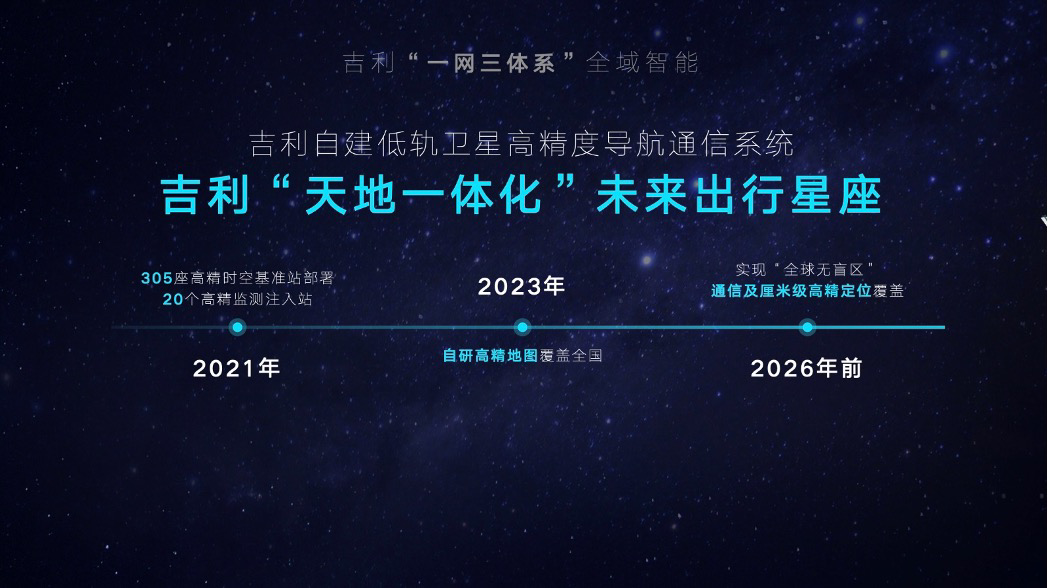
Yes, when Mr. Li Shufu said that Geely was going to build its own low-orbit satellite, my surprise was greater than when they developed their own chips.
Geely’s high-precision maps, which are surveyed and collected by Geely itself, will cover major cities in China this year and the entire country in 2023. The reason why they need to build their own low-orbit satellites is to achieve high-precision positioning of the maps. Currently, this low-orbit satellite high-precision navigation system has deployed 305 high-precision space-time reference stations. And they plan to complete the networking of 72 IoT communication satellites and 168 navigation-enhanced low-orbit constellations by 2026, achieving “global no-blind-zone” communication and centimeter-level high-precision positioning coverage.
Now let’s take a look at the three systems.
Energy System – Covering All Bases, Nothing Lacking
In terms of energy classification, Geely is divided into hybrid (Lynk & Co Zero Concept), pure electric, methanol, and even hydrogen energy.At the event, Geely’s pure electric brand “Geometry” was specifically mentioned by Chairman An Conghui, which has achieved a YoY growth of 192%, with monthly sales orders exceeding 10,000 and beginning to export overseas. Another pure electric high-end brand, Zeekr, has also started delivering its first model.

On the battery front, Geely claimed that WeiRui has fully mastered module and pack technology and achieved mass production, as well as possessing cell design ability, and has established joint venture battery factories like Time Geely with strategic partners.
In addition to pure electric and hybrid, Geely has also laid out in the field of battery swapping. Geely has already had more than a thousand technical patents in the fields of “battery swapping architecture, battery swapping stations, and battery swapping vehicles”, and has participated in the formulation of national battery swapping standards.
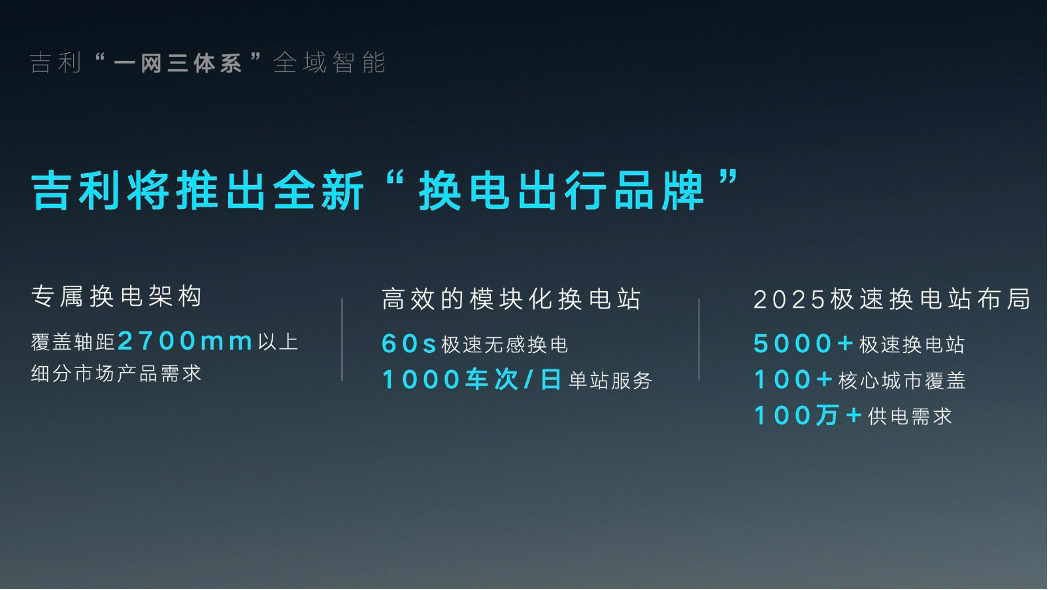
Therefore, Geely plans to launch a new “battery swapping travel brand” based on its exclusive battery swapping architecture. Through modular battery swapping stations, it achieves a 60-second swap experience, serving 1,000 trips per day at each station. By 2025, it will have deployed 5,000 ultra-fast battery swapping stations, covering 100 core cities and meeting the battery swapping needs of 1 million vehicles.
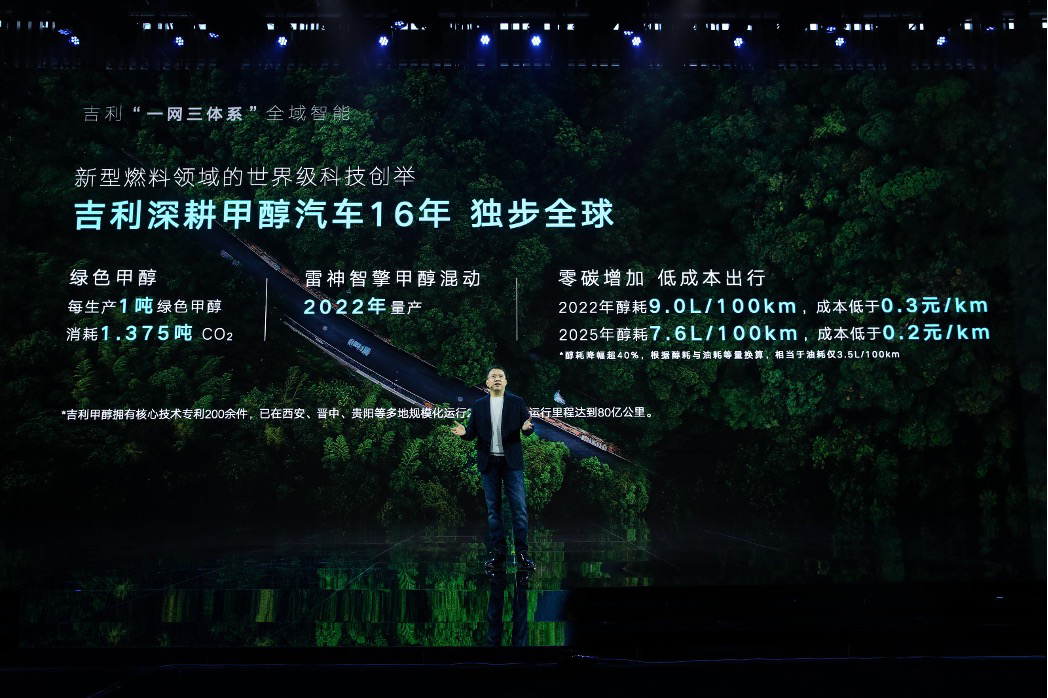
Apart from hybrid, pure electric, and battery swapping, what else can you think of? Hydrogen energy? That seems a bit far away for me. Geely will launch the “LingShen ZhiQing Methanol Hybrid” model next year! Yes, it’s a methanol car.
Geely began to lay out in the methanol energy field 16 years ago, with more than 200 core technology patents, and 27,000 vehicles running in Xi’an, Jinzhong, Guiyang and other places, with a total running distance of 8 billion kilometers.

Now it can achieve methanol consumption of around 9L/100km, with a travel cost of less than 0.03 yuan per kilometer. By 2025, the methanol consumption per 100 kilometers will be reduced to 7.6 L, equivalent to petrol consumption of 3.5 L per 100 kilometers, and the cost of travel per kilometer will be reduced to 0.02 yuan.
With its hybrid, pure electric, battery swapping, and methanol vehicles, Geely is showing a “I want them all” attitude, which really makes me realize the scale of Geely. With limited resources, one cannot afford to cast a wide net.
Manufacturing system – intelligent + carbon-neutral
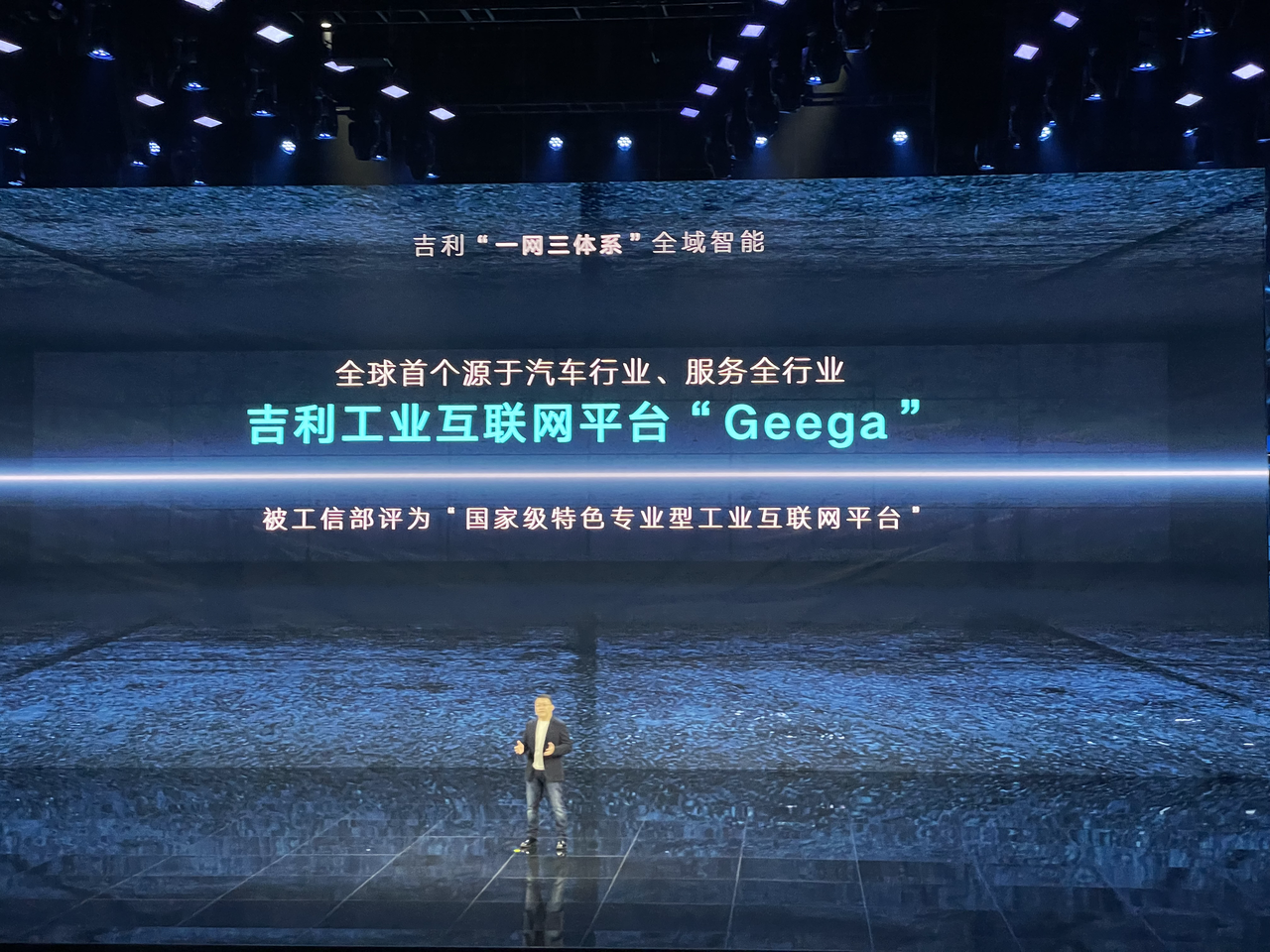 In terms of manufacturing system, Geely has launched the “Geely Industrial Internet Platform Geega”, which utilizes digital and network technologies to improve production efficiency and quickly adapt to production demands from manufacturers for scale and personalized needs. The implementation of the platform will increase production efficiency by 22% and achieve zero-water discharge, zero-waste landfill, and zero-hazardous emissions within the manufacturing cycle, becoming a carbon-neutral factory.
In terms of manufacturing system, Geely has launched the “Geely Industrial Internet Platform Geega”, which utilizes digital and network technologies to improve production efficiency and quickly adapt to production demands from manufacturers for scale and personalized needs. The implementation of the platform will increase production efficiency by 22% and achieve zero-water discharge, zero-waste landfill, and zero-hazardous emissions within the manufacturing cycle, becoming a carbon-neutral factory.
Geely’s Xi’an factory is a product of this platform concept and is a “black light factory”. It supports the production of up to 6 models using the CMA and SEA architectures in a single line, and vehicle switching production can be completed in one minute, achieving “three-zero” emissions during the manufacturing cycle. Next year, the factory will also build a global 400,000 square meter super photovoltaic power generation system with an annual power generation capacity of up to 66 million degrees.
Under the constraint of carbon neutrality targets, Volvo is moving faster in this area, as it has already achieved 100% green electricity usage in its Chengdu factory and requires its Tier 1 partners in China to commit to using 100% green electricity (renewable energy) by 2025.
Service System – Digitalization
After the emergence of new forces, they began to change the traditional sales and service models and adopt direct + online sales, expanding their service scope through the network and continuously improving process transparency. Geely plans to establish more than 2,000 digital smart stores, with over 10 million users in the Geely Automotive Group’s app, but the specific details have not been disclosed in the event.
Nine Dragon Bay Action
At the end of the event, Geely announced the “Nine Dragon Bay Action” to quantify and clarify its development path and goals.
- R&D investment of 150 billion yuan in five years;
- Commercialization of L4-level autonomous driving in 2025, and fully mastering L5-level autonomous driving;
- Launching more than 25 new intelligent new energy products in five years;# Geely brand will have more than 10 models planned (PHEV pure electric range exceeds 200 km).
Geometry brand will gradually launch more than 5 models (including the vast architecture) from 2022.
Lynk & Co. brand has planned more than 5 products. In 2023, its first electric SUV product will be launched in Europe.
The brand new technology electric vehicle swapping brand will be based on an exclusive architecture platform and will launch 5 intelligent pure electric products that can be swapped.

- By 2025, the total sales volume of the Group will reach 3.65 million units;
Geek + Technology will account for 650,000 units, and Geely Automotive Group will account for 3 million. In the domestic market, Geely brand aims to sell 1.3 million units; the Geometry brand aims to sell 300,000 units; the Lynk & Co. brand aims to sell 600,000 units; the brand new technology electric vehicle swapping brand aims to sell 200,000 units. The overall overseas sales of the Group will reach 600,000 units. By 2025, Geely’s new energy vehicle sales will reach 900,000 units, accounting for 30%. Combined with the sales volume of Geek + brand, the overall sales volume of Geely’s new energy vehicles will exceed 40%.
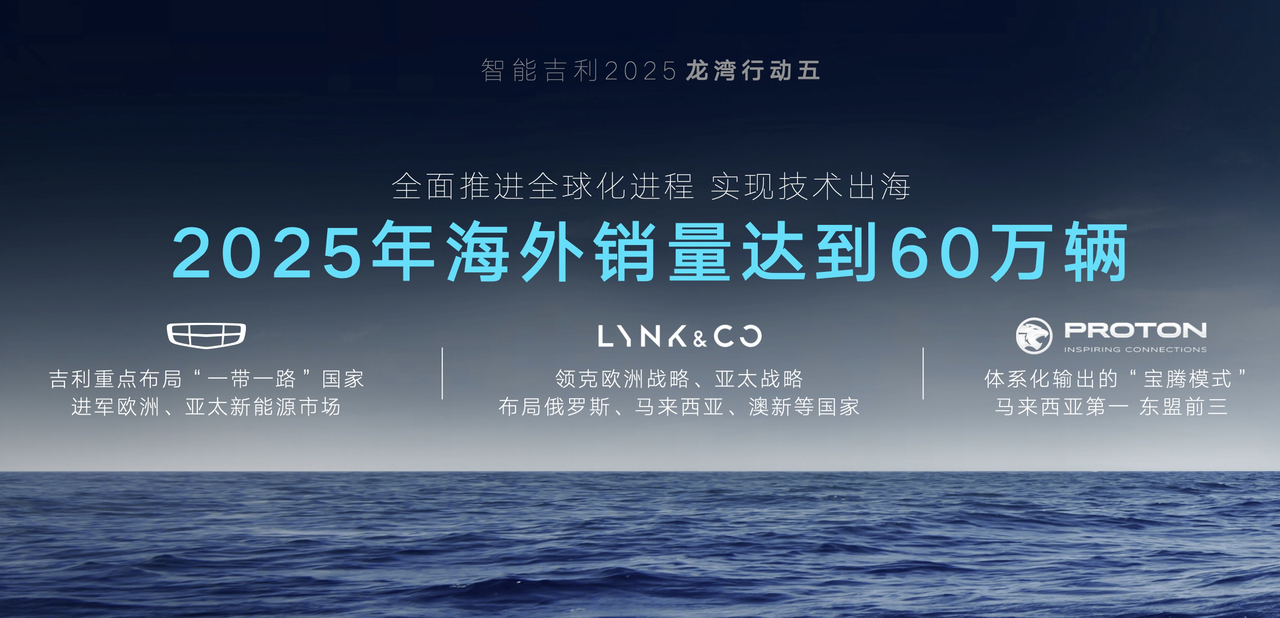
- By 2025, overseas sales will reach 600,000 units;
Geely brand will focus on laying out the “Belt and Road Initiative” countries in Eastern Europe, the Middle East, Southeast Asia, Africa, South America, and build more than 600 overseas sales outlets to enter the European and Asia-Pacific new energy markets.
Lynk & Co. brand will deepen its “European strategy” and “Asia-Pacific strategy”, and lay out in countries such as Russia, Malaysia, Australia and New Zealand, from being born global to moving towards the global market.
Geely will also create a systematized “Proton mode”, become a sample of China’s automobile leading global industrial revolution, and build Proton into the first car brand in Malaysia and the top three in ASEAN.
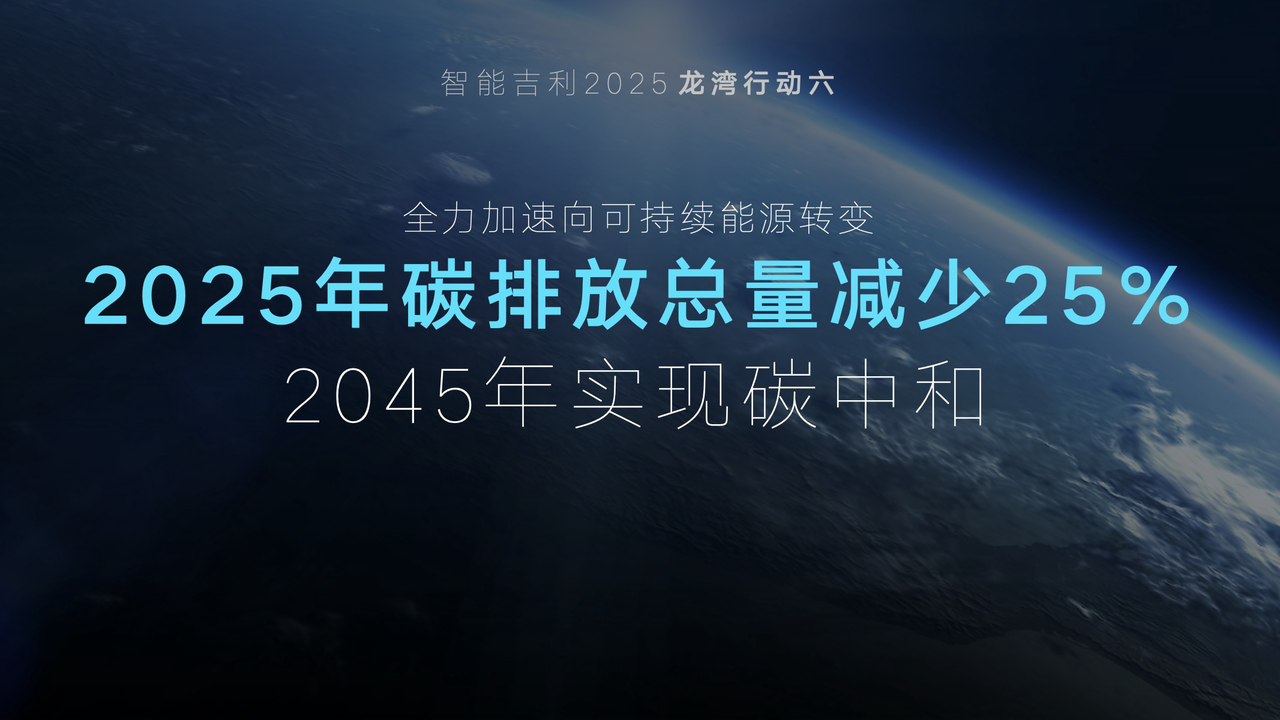
- By 2025, it will reduce carbon emissions by 25%, and achieve carbon neutrality by 2045;
By formulating full supply chain emission reduction measures through Geega industrial internet platform, intelligent technology collaboration, etc. By increasing the market share of new energy vehicles and reducing carbon emissions during product usage stage. By 2025, Geely will achieve a 25% reduction in emissions throughout the entire chain.

- Achieve 100% digital value chain in all scenarios.In 2025, Geely, Geometry, and Lynk & Co will achieve more than 2,000 digital smart stores and over 10 million app users, ensuring 100% feedback from customers within 24 hours. Additionally, Geely will achieve at least 1-2 whole-car OTA upgrades per quarter.
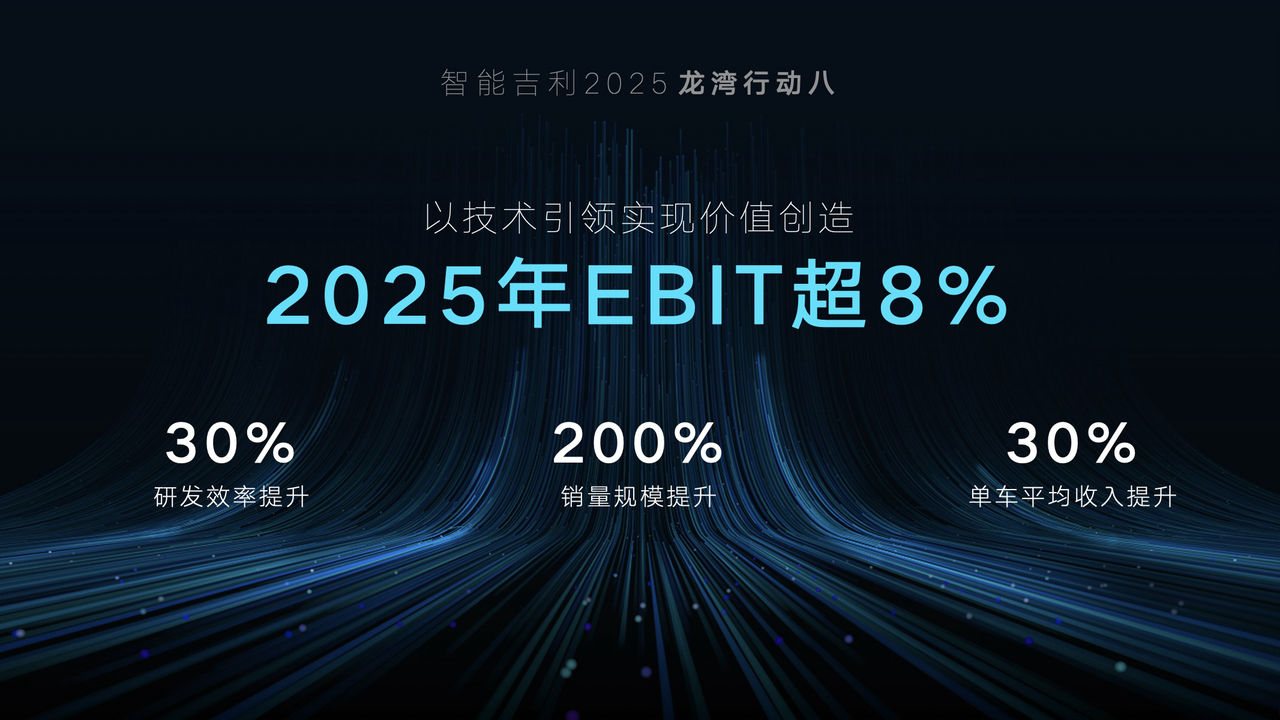
Geely aims to achieve an EBIT of over 8% in 2025. To accomplish this goal, Geely plans to double sales, become the top Chinese brand in market share, and increase average income per car by 30%.

Geely will use 350 million shares for the first wave of incentive for 10 thousand employees.
Conclusion
Though the conference was initially thought to only feature hybrid systems, Geely ended up revealing five years of goals and development plans, demonstrating the determination of Geely Group’s transformation. Even as we know that the progression of pure electric power will continue to accelerate, on October 8th, JPMorgan predicted that by 2025, sales of new energy vehicles in the Chinese market will reach 10 million, accounting for 35% of vehicle sales, ranging from pure electric to hybrid, even other non-fuel-powered vehicle types, but no internal combustion engine. Therefore, Geely’s strategy will focus on hybrid vehicles, accelerating the development of pure electric vehicles, and promoting multiple lines of growth, making a choice that leaves more cards in their hands.
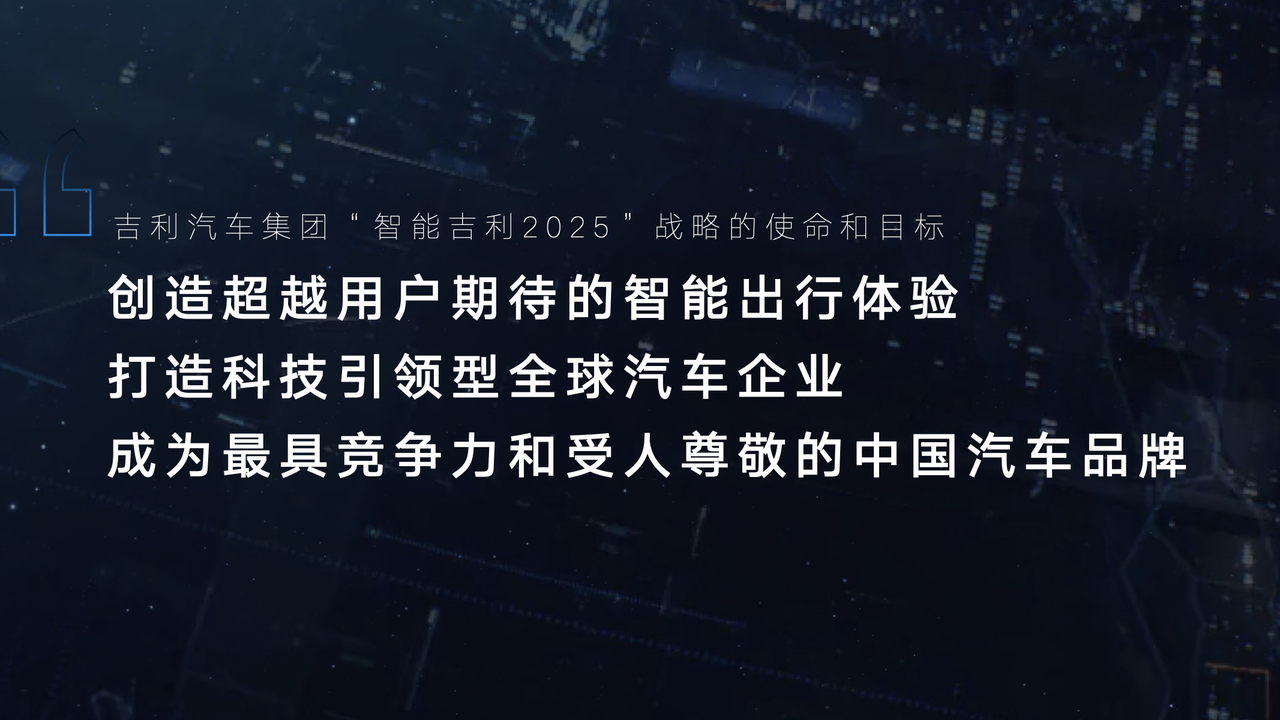
At the end of the event, Gan Jiayue stated that “the continuous evolution of talent and technology is the driving force behind Geely’s development”. In this unprecedented era of change, recruiting talent and choosing technology are the essence of corporate competition. However, the market’s feedback will determine whether Geely can achieve its goals. By 2025, when we look back at Geely’s expectations and layout today, we may verify the truth that “as you sow, so shall you reap”.
This article is a translation by ChatGPT of a Chinese report from 42HOW. If you have any questions about it, please email bd@42how.com.
